From eliminated payment plans to new borrowing caps, changes to student loans have brought confusion and frustration to federal borrowers, according to a recent annual report from Oregon student loan ombuds Lane Thompson. Thompson's report states that 42.5 million people owe a total of $1.66 trillion in federal student loans as of this year, a 2.5% increase over the last year.
In Oregon, 533,700 federal student loan borrowers owe more than $20 billion in total, meaning approximately 12% of the state's population has student loan debt. This is a small decline compared to past years — 535,900 in 2024 and 552,100 in 2023.
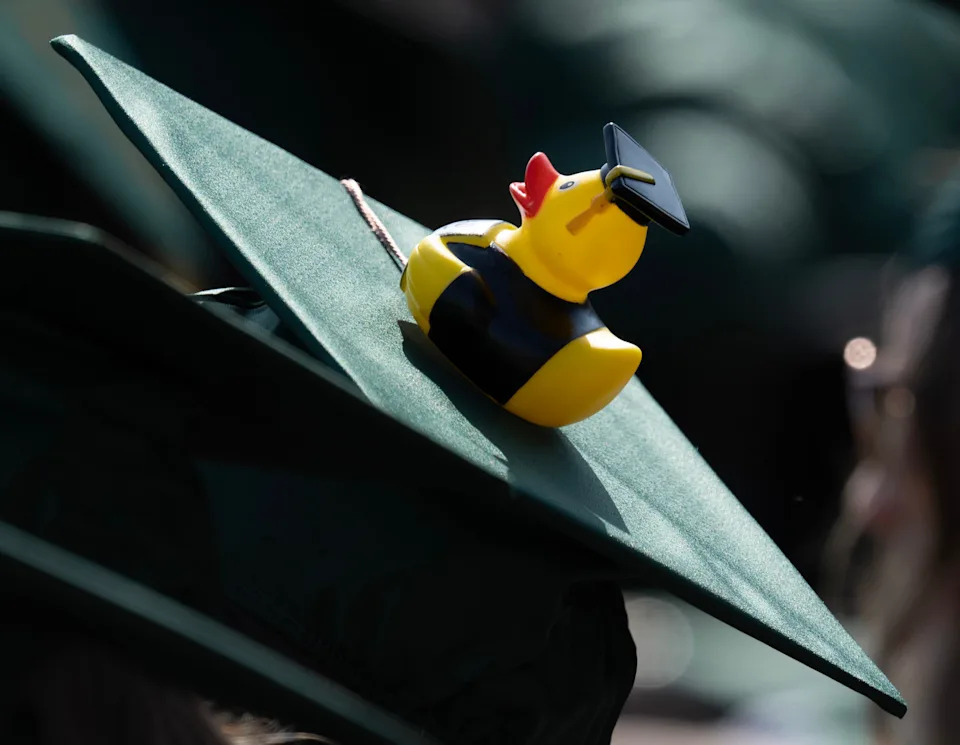
According to the U.S. Department of Education College Scorecard, University of Oregon students graduate owing a median of $20,139 in debt and pay $214 monthly. Oregon State University graduates left owing a median of $21,221, paying $225 monthly.
Changes to repayment in the One Big Beautiful Bill
President Donald Trump's megabill signed on July 4 makes significant changes to federal student loans, both in the short and long term.
The "One Big Beautiful Bill" (OBBB) reduces the repayment plans available to new borrowers to just two. Borrowers who take out loans before July 2026 will be able to continue using Income-Based Repayment (IBR). However other plans including Income-Contingent Repayment (ICR), Pay As You Earn (PAYE) and former President Joe Biden's Saving on a Valuable Education (SAVE), which adjusted payments based on income, are all on the chopping block.
The bill requires the 8 million borrowers using SAVE to find a new repayment plan by the end of June 2028.
"It was the most affordable (plan) that's ever existed," Thompson said.
In 2024, SAVE was hit with legal challenges and now awaits a judge's decision on whether the program is legal. For over a year, borrowers have been in interest-free forbearance, and have not been required to make payments, but interest began accruing again on Aug. 1. Just over 100,000 Oregon student loan borrowers are enrolled in the SAVE plan, according to Thompson's report.
Thompson said the megabill creates one, simplified income-driven repayment plan called Repayment Assistance Plan (RAP).
"It's different than any previous repayment plan," Thompson said.
USA TODAY reported that SAVE based monthly payments, which could be as low as $0, on discretionary income. RAP bases payments on gross income and requires all borrowers, even those who report no income, to make minimum monthly payments of at least $10.
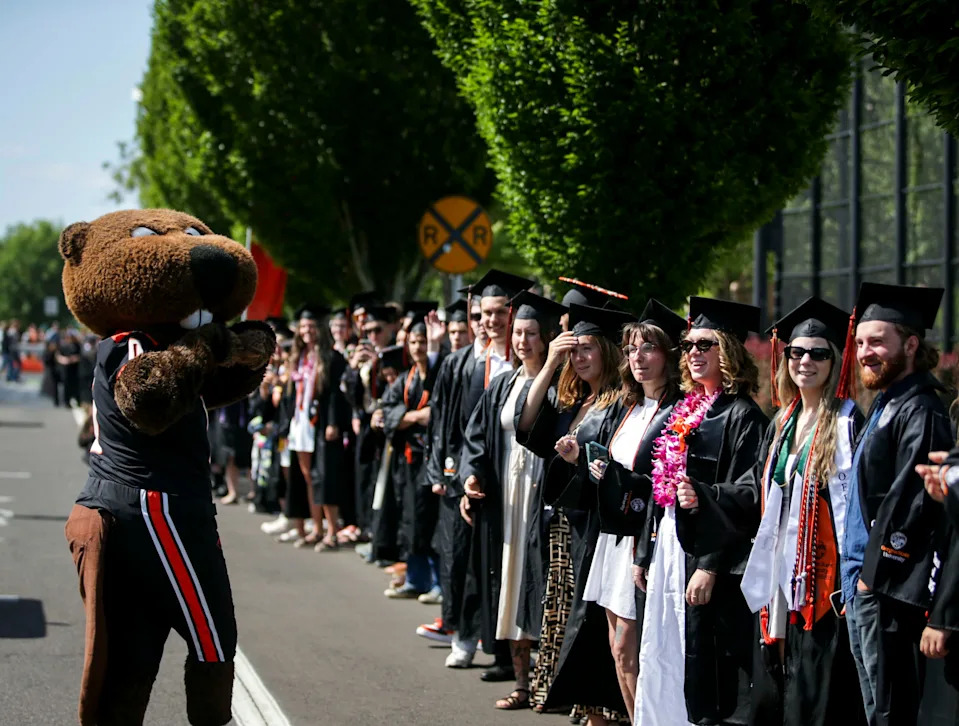
Borrowing limits for federal loans
More immediately, Thompson said borrowers will see less federal loans overall.
"They're going to be doing less lending starting next year: fewer types of loans, smaller loan amounts," Thompson said.
She said undergraduate loans will not be reduced. However, Parent Plus loans, which put student loans in a parent's name, and graduate student loans will be limited. Graduate students will be capped at $20,500 a year or $100,000 over graduate school lifetime. Students borrowing for medical or law degrees will be capped at $50,000 a year and see a lifetime cap of $200,000.
Outside of federal loans, Thompson said graduate students are unlikely to get loans through private lenders, as they are higher risk and students often have little to no income.
Borrowing limits may influence which educational path future students choose. The cost to attend graduate school at University of Oregon varies program to program, but the university estimates that annual tuition costs $20,076 for resident students and $34,386 for non-resident students. Living expenses and fees put the total annual price tag at $40,770 for residents and $56,082 for nonresidents, far above the loan cap.
Additionally, students pursuing two high demand jobs and notoriously expensive programs, law and medicine, are among those owing the most. UO law school tuition alone costs $49,982 a year, right at the cap, and doesn't include housing and fees.
"I've already heard some folks say, 'I'm not going to be able to go to medical school because of this or I'm not going to be able to go to law school,'" Thompson said. "That's really tough to replace."
Is student loan forgiveness at risk?
Beyond the changes in the new legislation, Thompson referenced an executive order Trump signed in March.
The order limits Public Service Loan Forgiveness (PSLF), a program started in 2007 aimed at public service-oriented careers. Under the program, government workers, nurses, firefighters and certain nonprofit employees are eligible to have their federal student loan debt canceled in full after 10 years of on-time payments. Trump claimed the Biden administration "abused" the program.
"The main change that they're trying to make is to exclude basically large groups of employers based on this somewhat random seeming set of characteristics," Thompson said. "It's definitely an attempt to make the program a lot smaller, a lot more difficult to access."
'Constant fluctuations' in student loan debt
Thompson said there's always a level of confusion around student loans, and when big changes are made, debt holders must scramble to catch up.
"Because these programs are already so complicated, whenever it's kind of talked about that there might be changes, I think it makes people just really, really nervous," Thompson said. "Because they're like, 'Oh, I barely understood how it was before. Now, it's different.'"
Thompson said the ombuds office may get a call and help answer a question for someone and then 6 months later that same person could come back with the same question and get a different answer.
"Student loans have been overly complicated for a long time," Thompson said.
How to stay on top of student loan debt changes
Thompson said the best way to stay informed and ensure people are making the correct payments is to regularly check their studentaid.gov portal.
Even with the uncertainty, Thompson didn't want Oregonians to be dissuaded from pursuing higher education.
"For most people who are getting student loans, it's an option between going to school and not," Thompson said. "If it were me, I would still go to school despite the uncertainty."
To contact Thompson and the student loan ombuds office, visit dfr.oregon.gov/help/student-loan-help/pages/index.aspx, call 888-877-4894 or email [email protected].
USA TODAY reporters Zachary Schermele and Anthony Robledo contributed to this story.
Miranda Cyr reports on education for The Register-Guard. You can contact her at [email protected] or find her on Twitter @mirandabcyr.
This article originally appeared on Register-Guard: Oregon impacts of student loan changes in Big Beautiful Bill
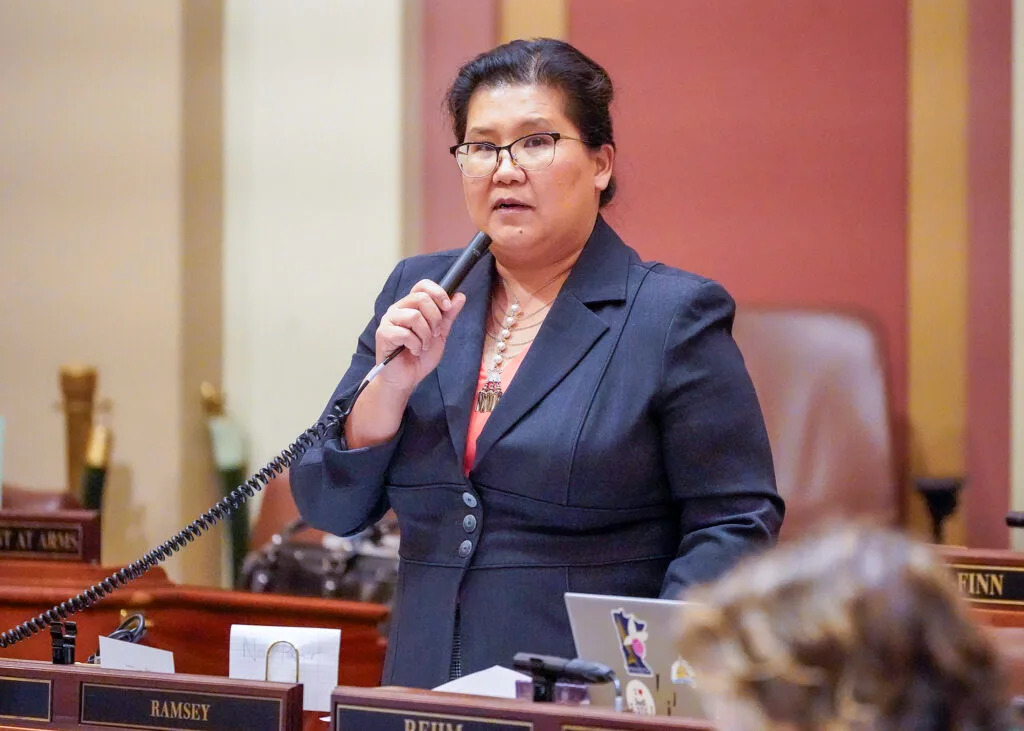
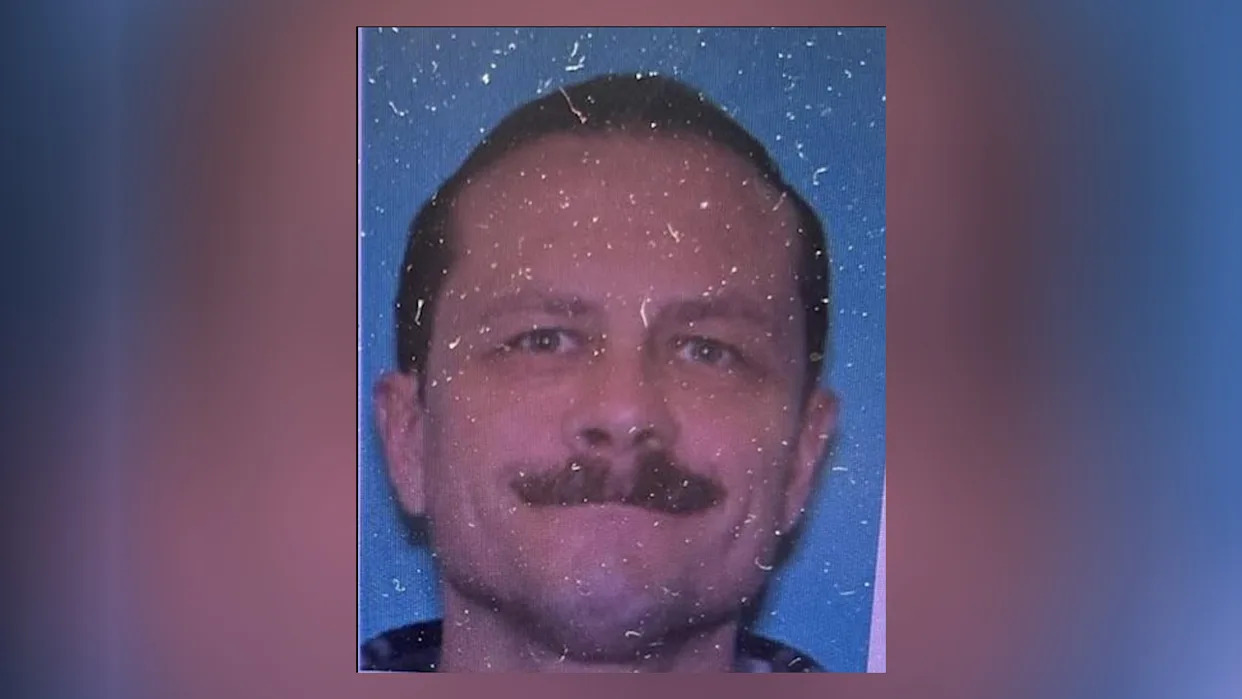



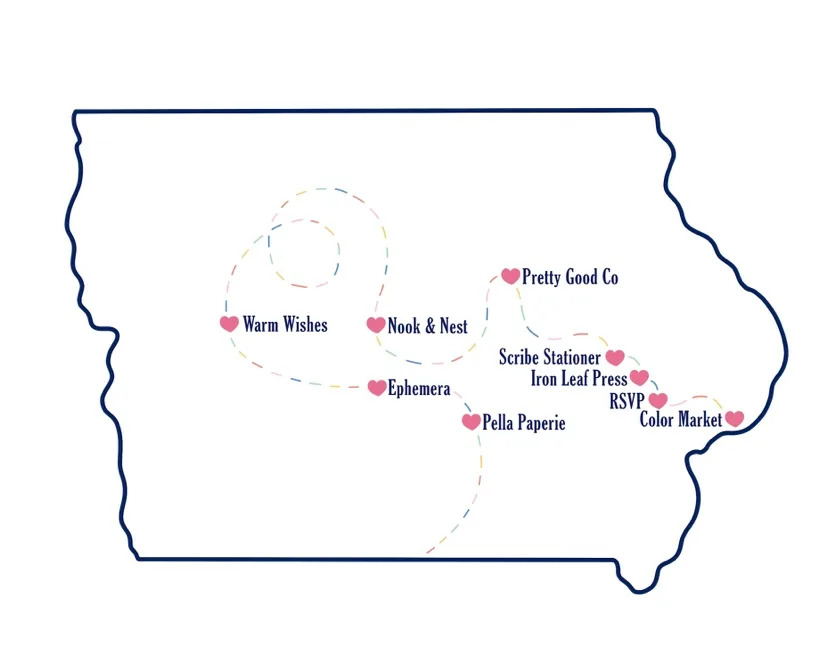
Comments